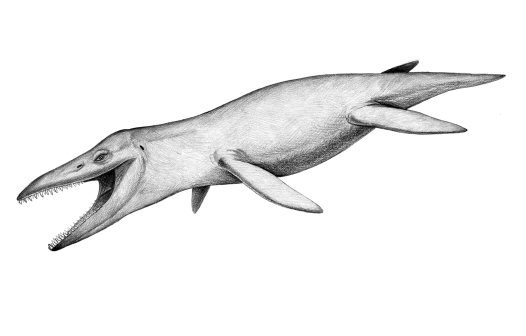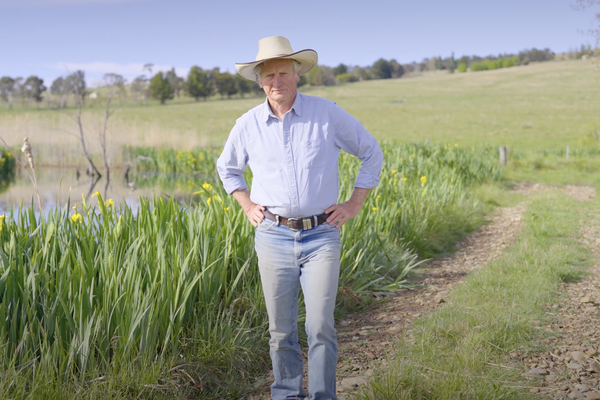1930s: The One That Got Away
A functional Ford or a ferocious fossil form.
In 1932 the Australian Museum might have missed out on one of the most impressive fossil specimens of Konosaurus queenslandicus ever uncovered – but what they got in exchange, some might argue, was a lot more useful.

© Australian Museum
Kronosaurus was an air-breathing, carnivorous marine reptile, with a huge body, short neck, rudder-like flippers and large grinding teeth. It patrolled the Cretaceous ocean of Central Australia 110 million years ago devouring large fish and small invertebrates. The Ford Utility Motor Truck that was presented to the Trustees in 1932 was, on the other hand, practical, tough and incredibly useful. It was also the first motor vehicle that the Museum ever owned.

© Australian Museum
In 1931-32 William Schevill of the Harvard University Museum of Comparative Zoology led a fossil hunting expedition to Australia. He was eager to have the Australian Museum’s experienced palaeontologist Harold Fletcher accompany him on an expedition to northern Australia – and even tried to sweeten the proposal by offering to pay most of his salary. But with the economic Depression in full swing the Museum Trustees, feeling constrained by budgetary pressures and Public Service regulations, wouldn’t release him.
Scheville extracted about four tons of fossil encrusted limestone rock from a property in northwest Queensland and shipped it all back to the United States. Eventually reconstructed, it turned out to contain one of the best Kronosaurus specimens ever recovered. With just a hint of regret the Australian Museum’s annual report for 1933 noted ‘Mr E.W Schevill, having completed field work in Australia, was good enough to present to the trustees…a Ford Utility Motor Truck. This gift has proved a very useful adjunct to field work and excursions.’
Perhaps still smarting from a lost opportunity, the Museum’s Secretary complained bitterly about the cost of running the new motor vehicle. The Museum’s scientists though couldn’t wait to put it through its paces.

© Australian Museum
In 1934 Harold Fletcher was given the okay for a trilobite hunting expedition to the Gulf Country in Queensland. He headed out of Sydney with the Ford Utility absolutely loaded to the gunwales – on board were three men and all the necessaries for a three month field trip.
Incredibly the sturdy vehicle powered up to Mt Isa, ‘we marvelled at the strength of our truck as it struggled and swayed’ and they passed safely through, heeding the signs to ‘Drive carefully or be crippled’.Having traversed multiple river crossings, some of the toughest country in outback Australia and thousands of miles, the impressive Ford Utility eventually deposited the intrepid trio back to the doors of the Museum. With a haul of Palaeozoic trilobites – amongst the earliest known forms of life - it must have been at least some compensation for the loss of a Cretaceous sea monster.









